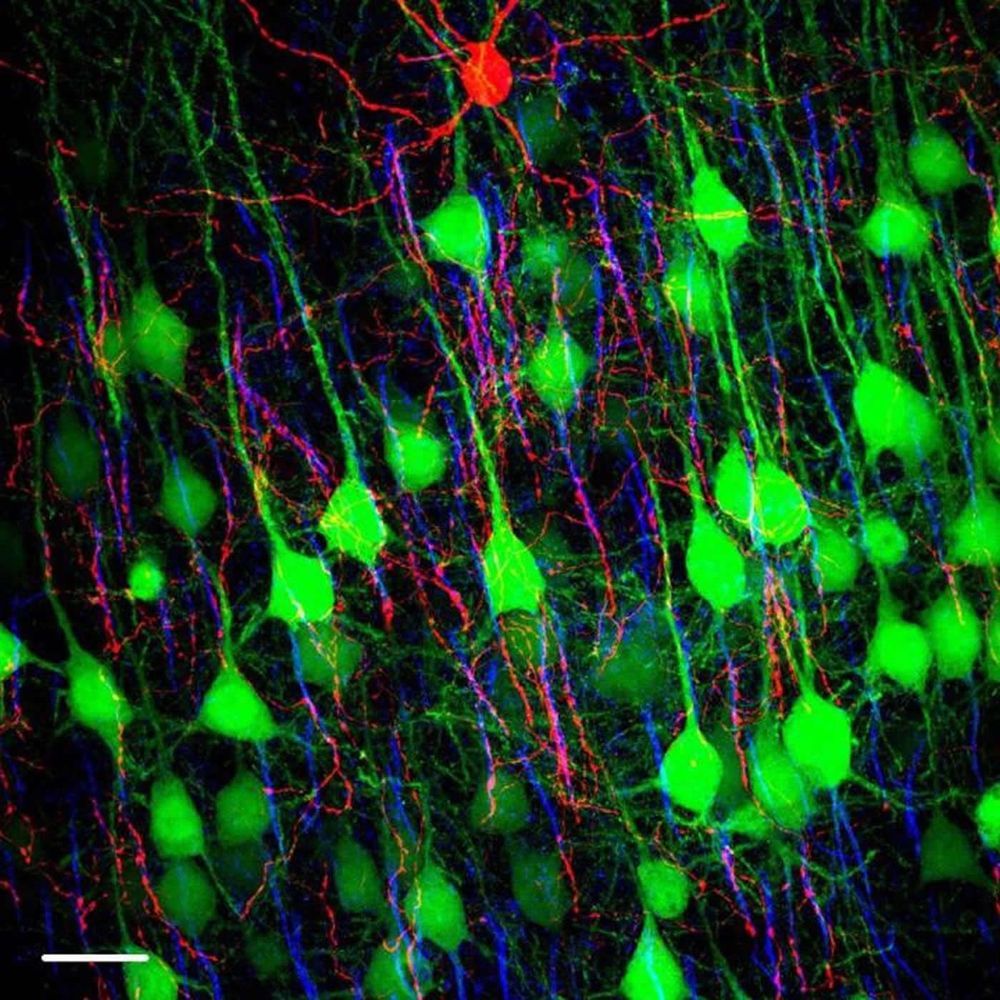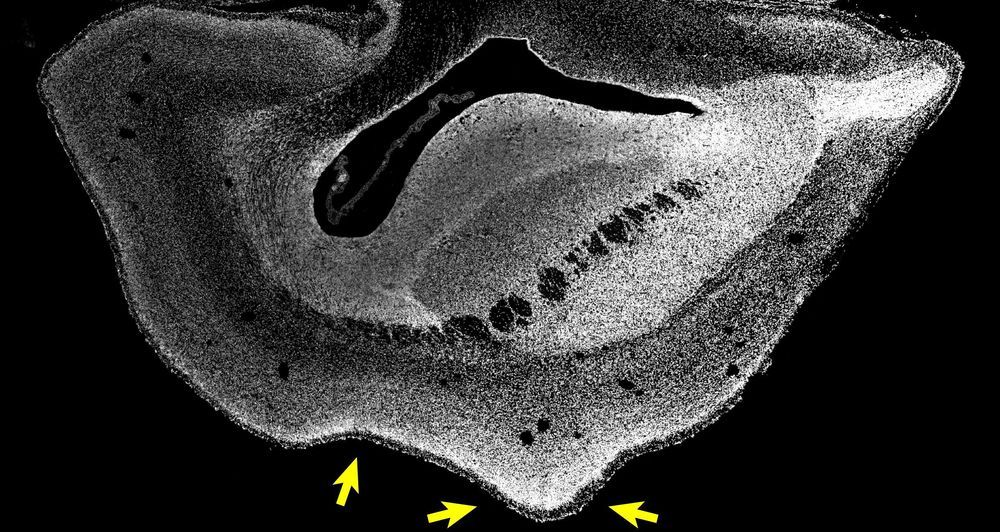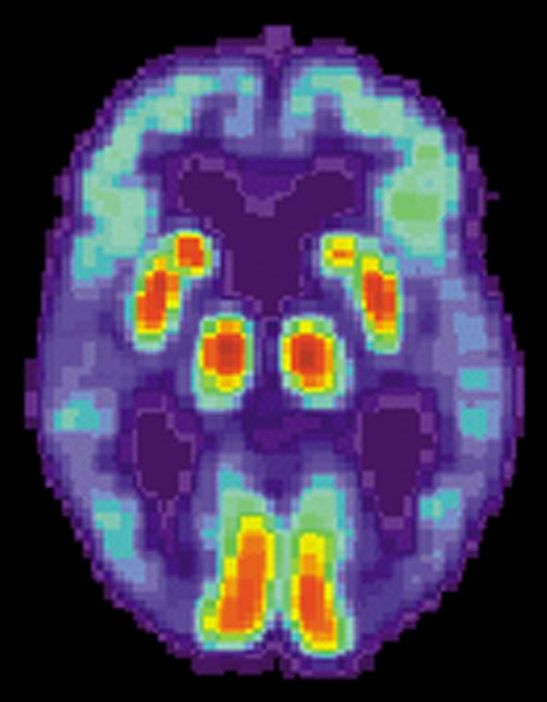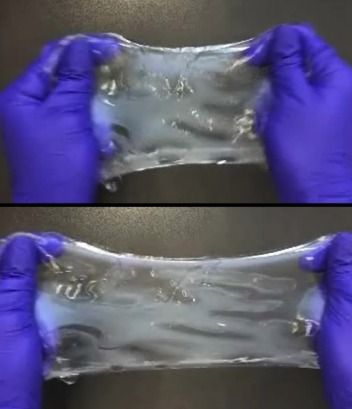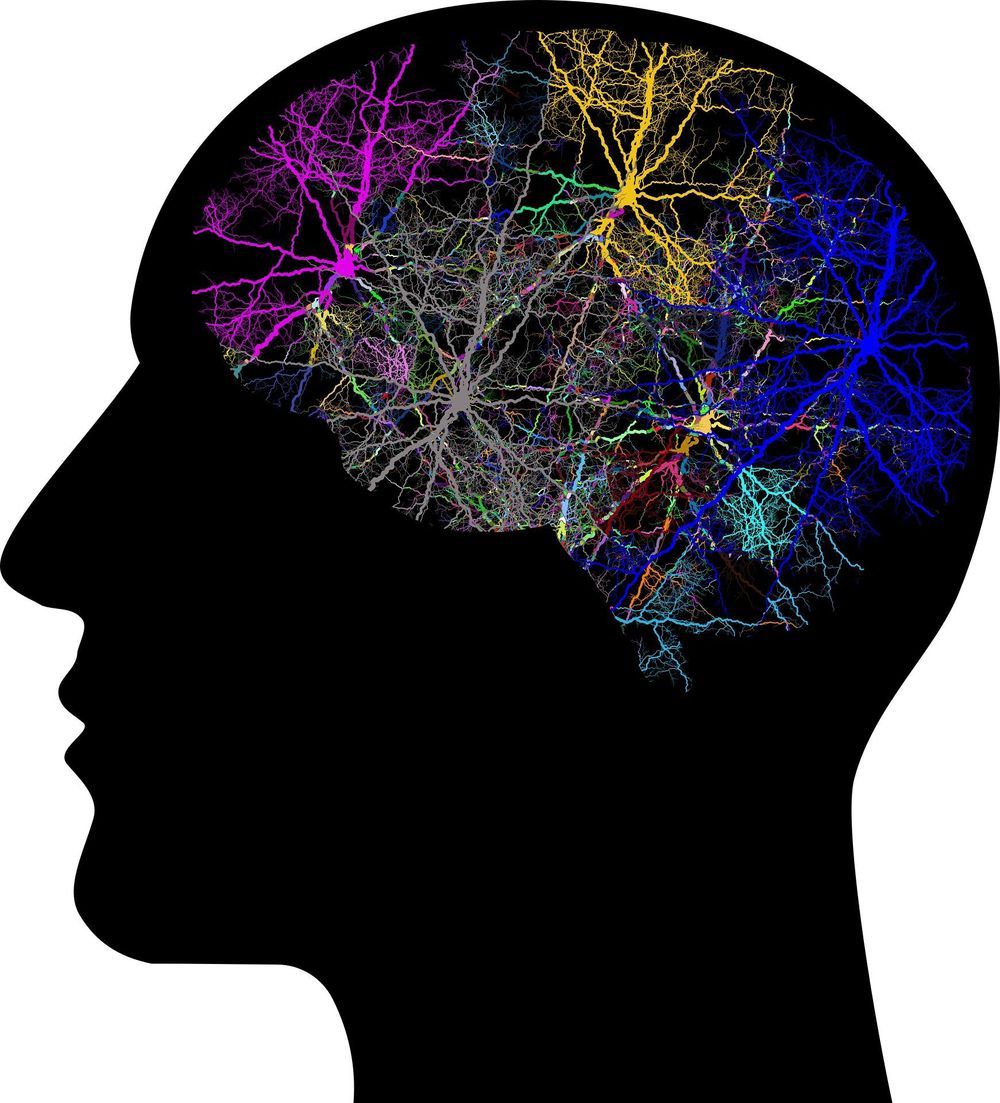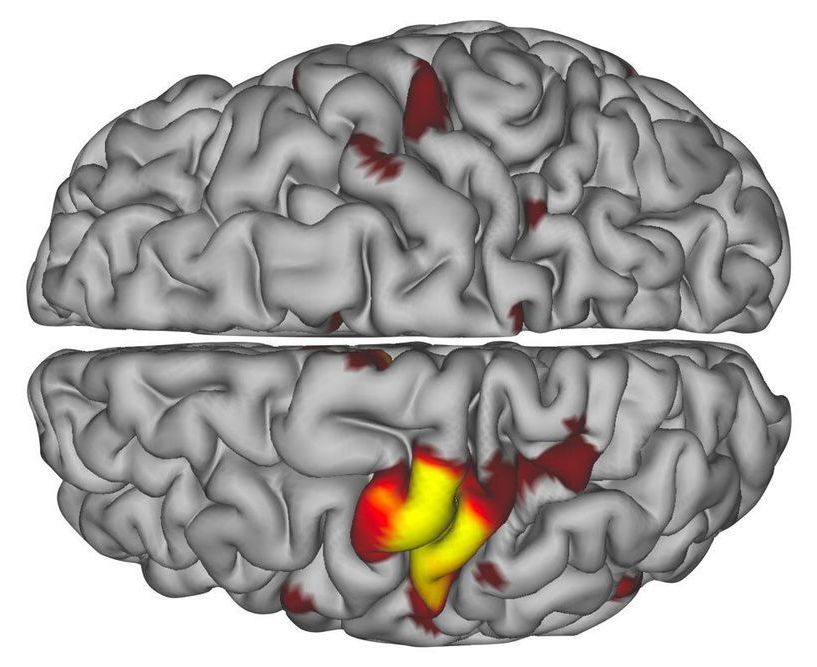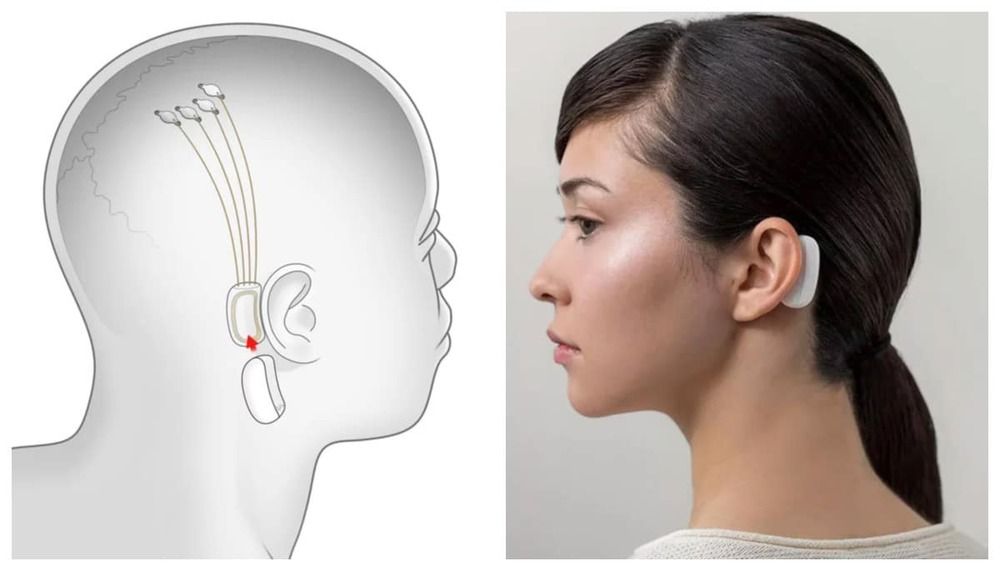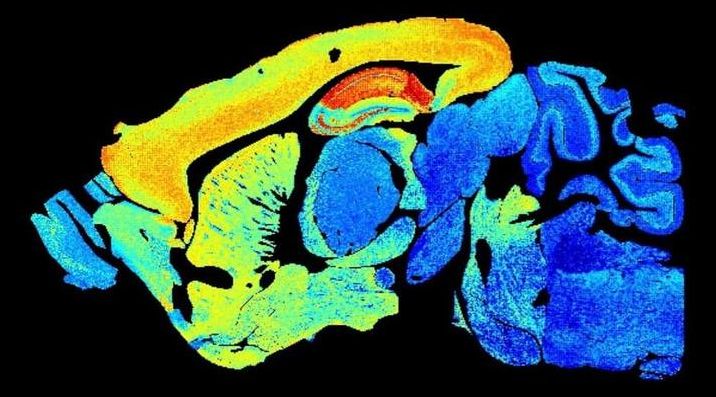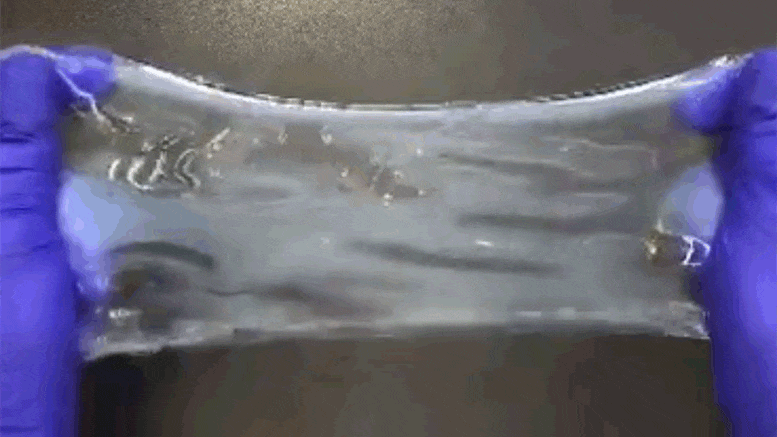Jun 21, 2020
The brain’s functional organization slows down following a relationship breakup
Posted by Genevieve Klien in categories: biotech/medical, neuroscience
Summary: Findings reveal individual differences in the severity of depressive symptoms following a relationship breakdown are associated with changes in resting-state whole-brain dynamics.
Source: UPF Barcelona
During a person’s life, the experience of a stressful life event can lead to the development of depressive symptoms, even in a non-clinical population. For example, a relationship breakup is a fairly common event and is a powerful risk factor for quality of life, in addition to increasing the risk of a major depressive disorder.

